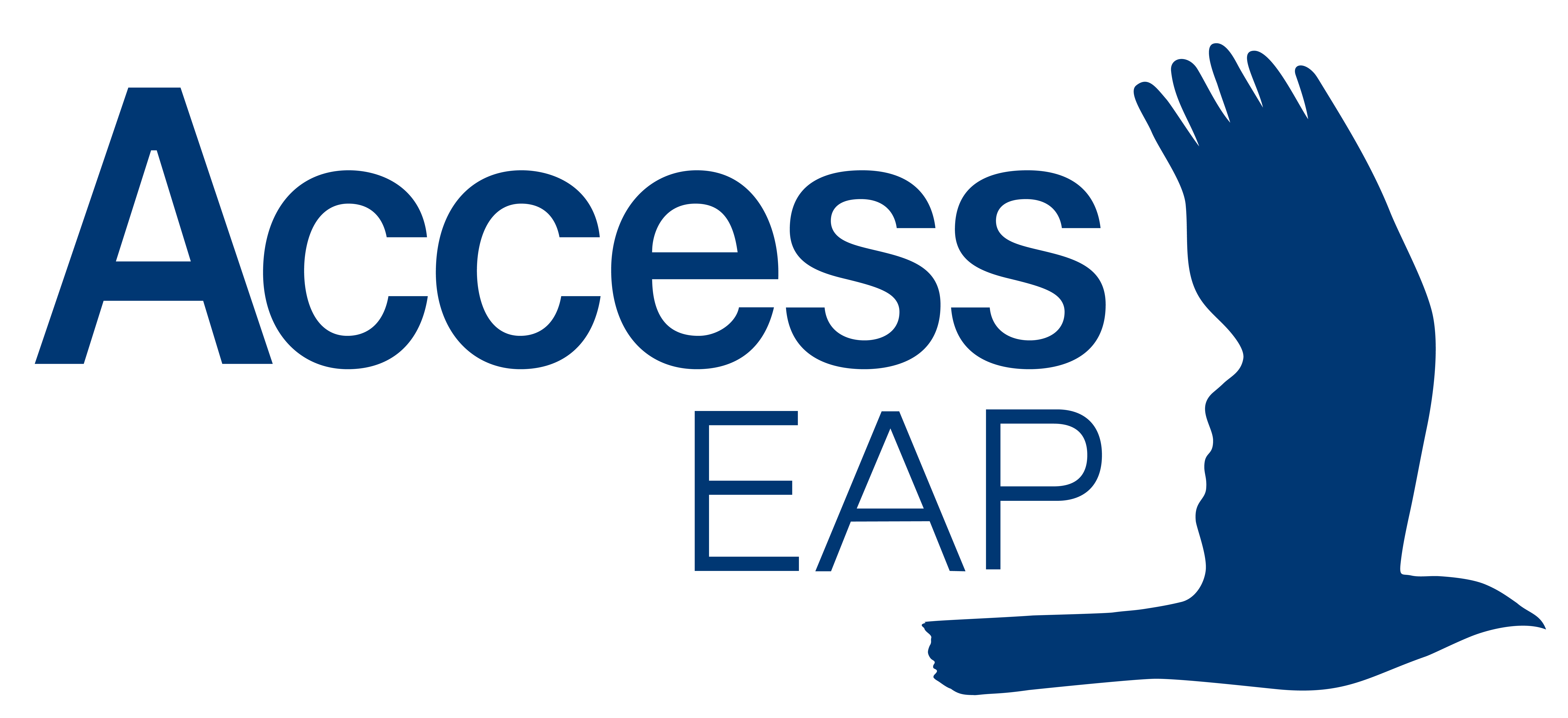
Emotions at Work
Workplace culture has changed since the days where people started work, did what the manager told them to do and 'logged off". Today, workplaces need to engage and motivate their employees by understanding what employees need from their work. We know employees want to grow, want to be valued, involved, and to feel part of the organisation.
Each generation may have differing needs and not factoring in employees’ values, needs and expectations leads to strong emotions at work which can lead to decreased productivity. Engagement is key to a mentally healthy and productive workplace culture – organisations need emotionally intelligent leaders who know how to respond in a way that facilitates positive workplace behaviour.
What do we unwittingly do that creates negative/positive emotion?
Insight and awareness around the impact of behaviour on others is a skill that can be learned and developed – paying attention to body language and others’ reactions is key. It’s important that you choose your moment to seek feedback or deliver information.
Are negative emotions in the workplace bad?
Emotions are contagious so it is important to listen, be aware and address underlying issues before the emotions impact on others within the workplace. Negative emotions are defined as, for example, anger, frustration, burnout - all emotions that are part of being human. It’s unrealistic to expect people not to have emotion, but they need to learn how to effectively manage their emotions. One way to manage emotions in the workplace is for leaders to know how to have a constructive conversation which includes active listening, de-escalation, providing feedback. If your managers require some skills in this area our Constructive Conversations training can help employees use negative emotion to create a positive consequence.
What works?
Upskilling and training managers to manage emotions is important.
Many managers get promoted for their technical skills and abilities and may experience difficulty managing strong emotions. These skills can be taught through coaching and training and should include: de-escalation skills, skills to keep calm, active listening, reflecting and summarising.
Modelling behaviour from the top down
It’s important to model the behavioural response that you want to see in others. Leaders set the tone for organisational culture and communication. Consultation is key; that is, consulting with employees to understand the type of culture everyone wants to create. Role modelling that behaviour is important as employees become disillusioned if they do not feel heard and their value isn’t acknowledged. It’s like building a muscle – it takes time and practice.
Managing difficult emotions/trauma
Acknowledging emotion, without deciding whether the emotion is valid or not, is very powerful. People want to feel that their emotional response is heard and understood. Your first step is to calm the situation by listening with real empathy. The person is then ready to work with you to generate solutions, and while it takes longer, does mean there will be “buy-in”. Managing trauma in the workplace means moving at the individuals’ pace and understanding that everyone is impacted differently and therefore there will be different responses. Recognising and acknowledging that there is a range of normal reactions to trauma, and suspending judgement (no right or wrong response) will assist the workplace to recover effectively.
To arrange an appointment call 1800 818 728 or for enquiries about related trainings please call the Relationship Management Team.


